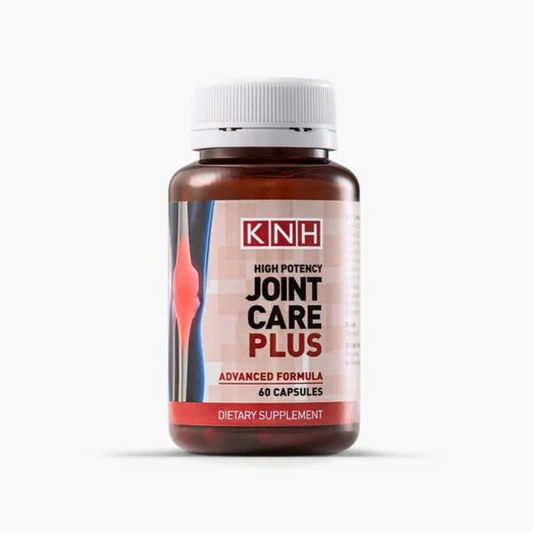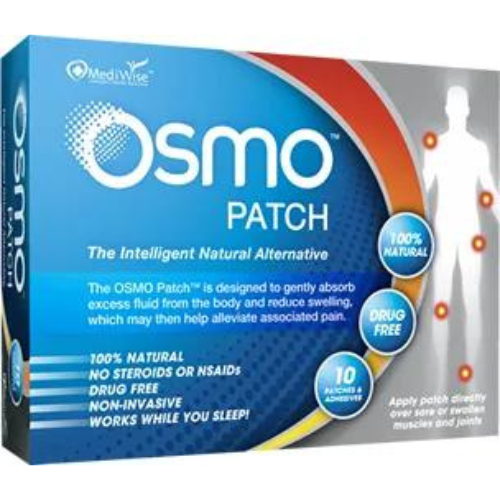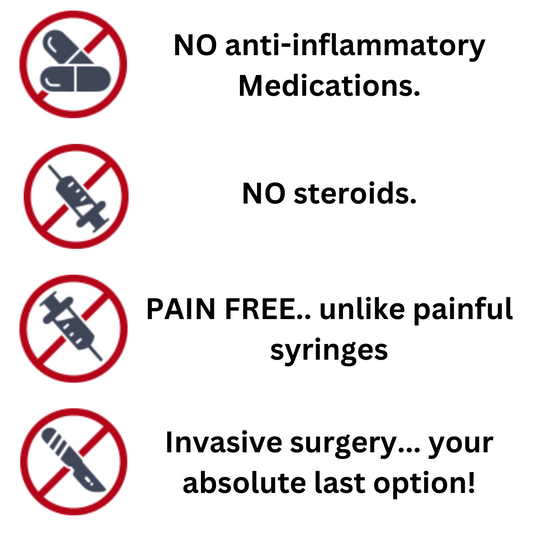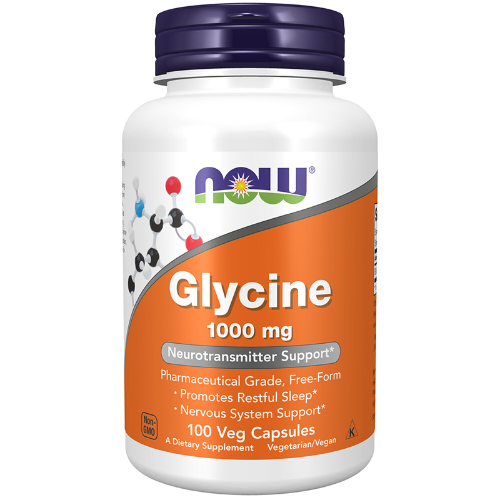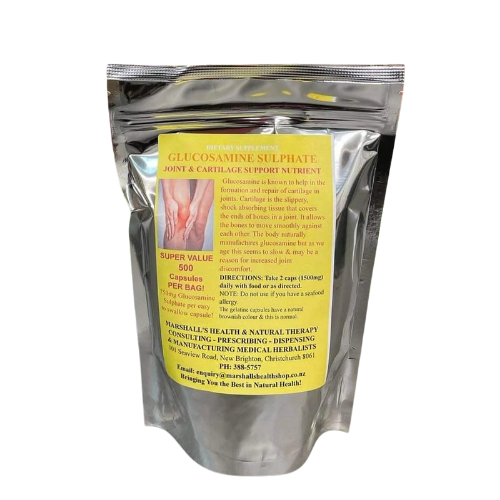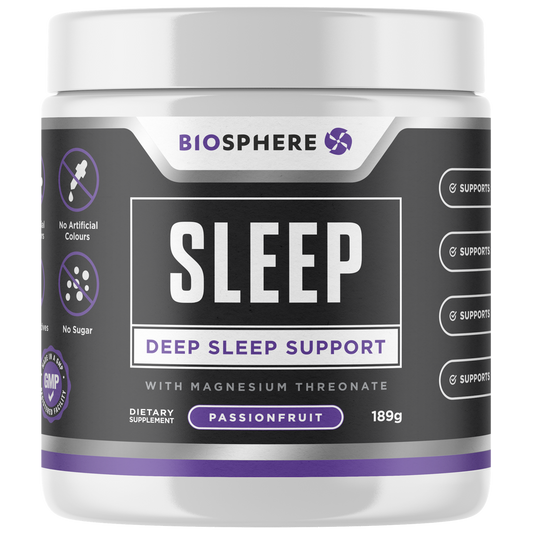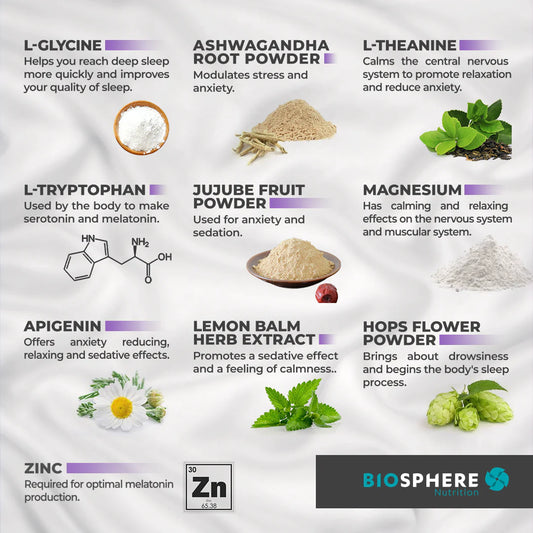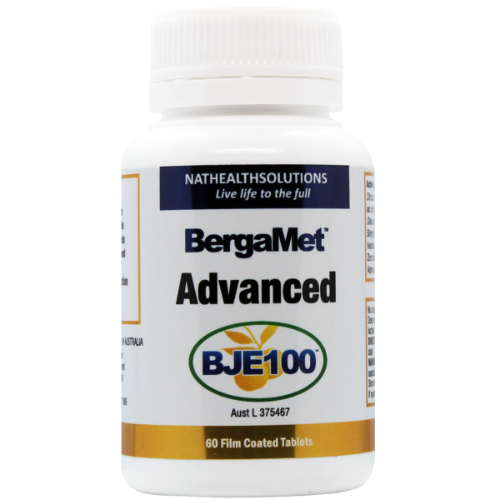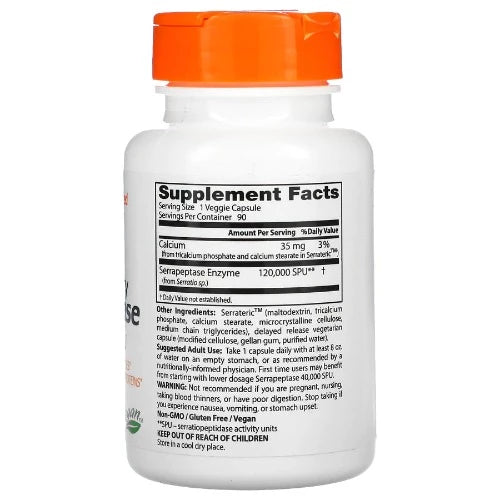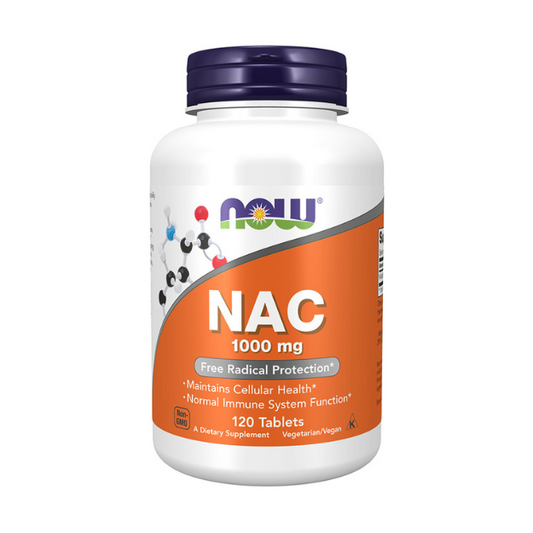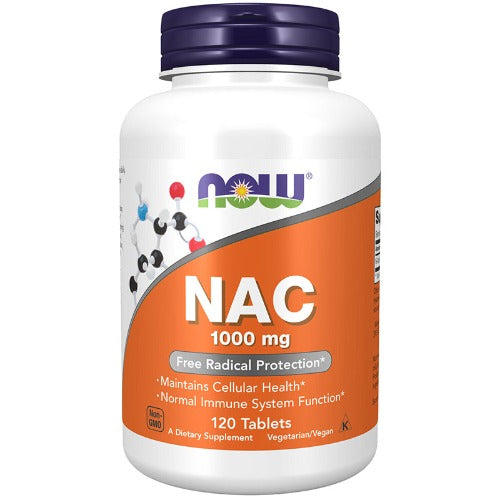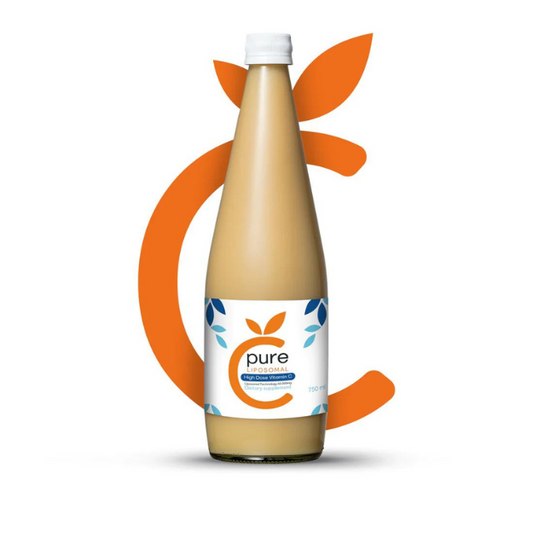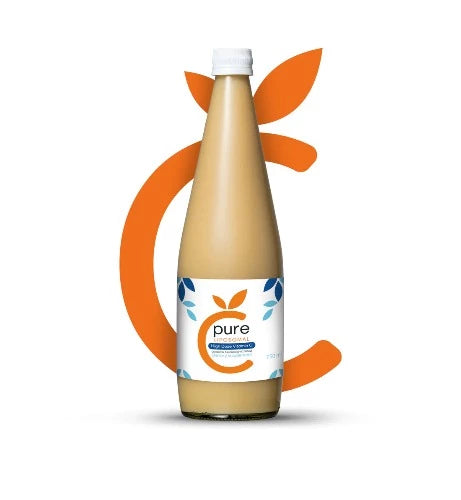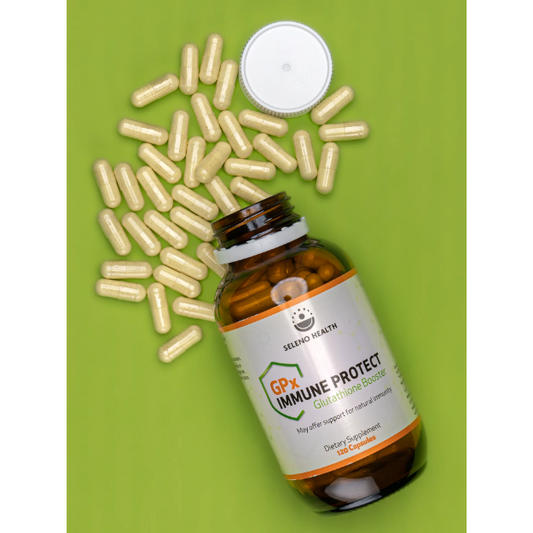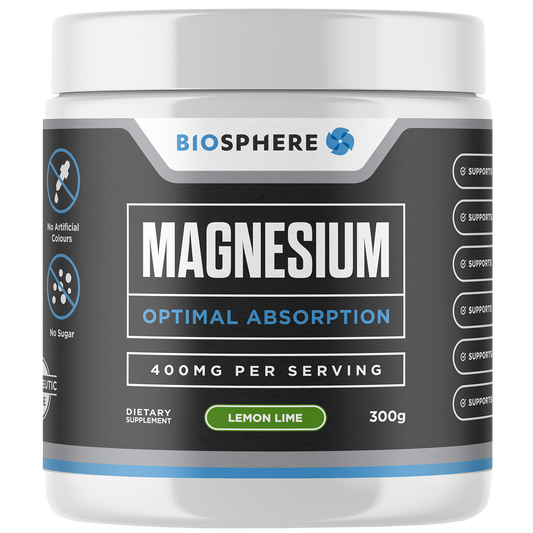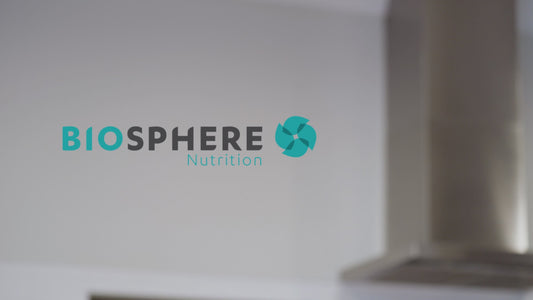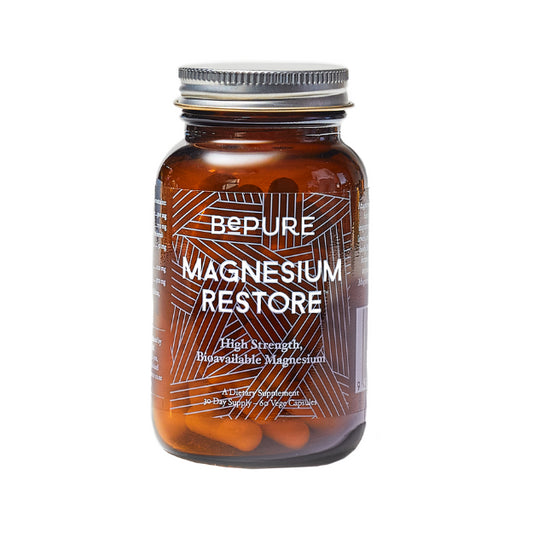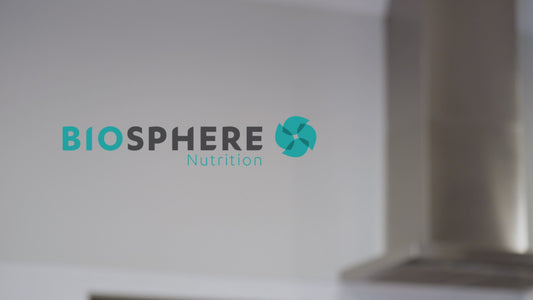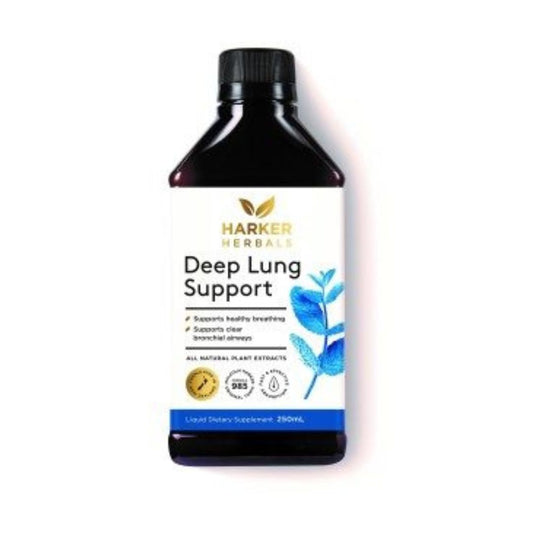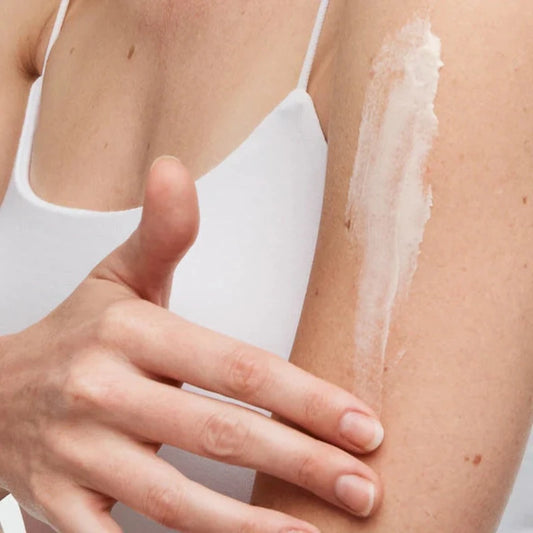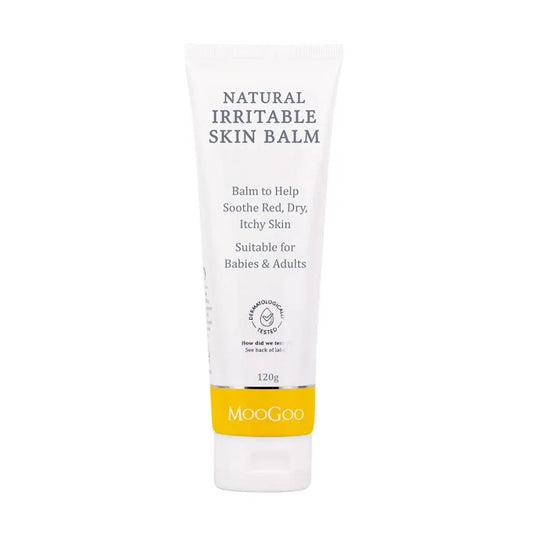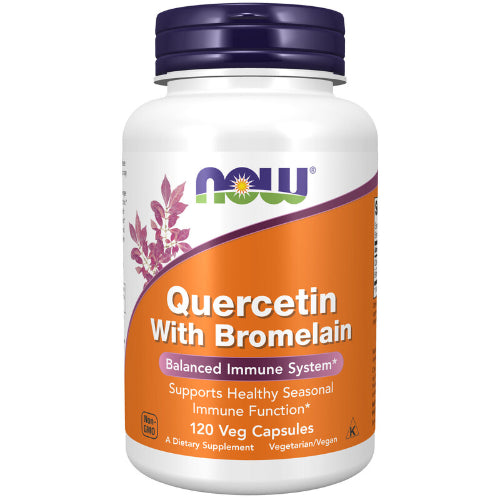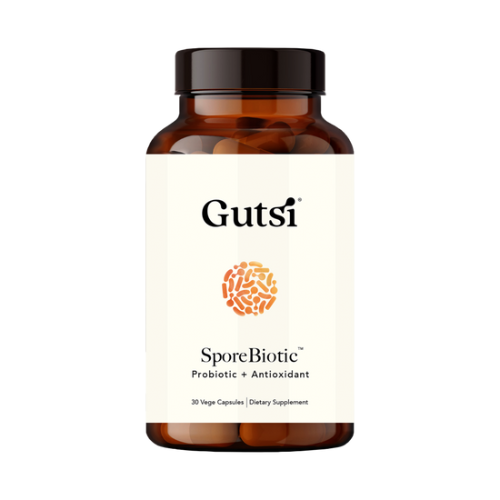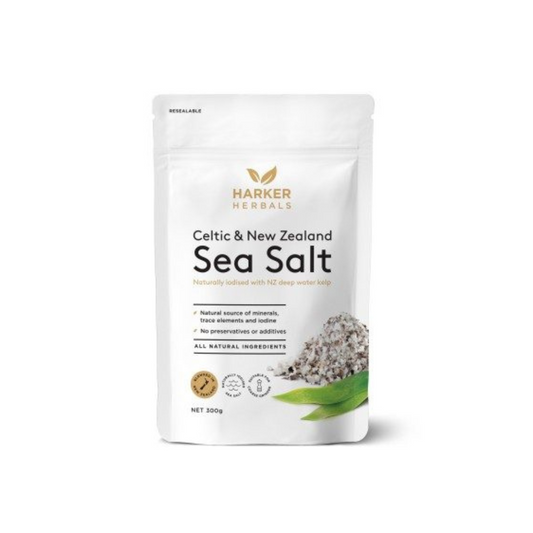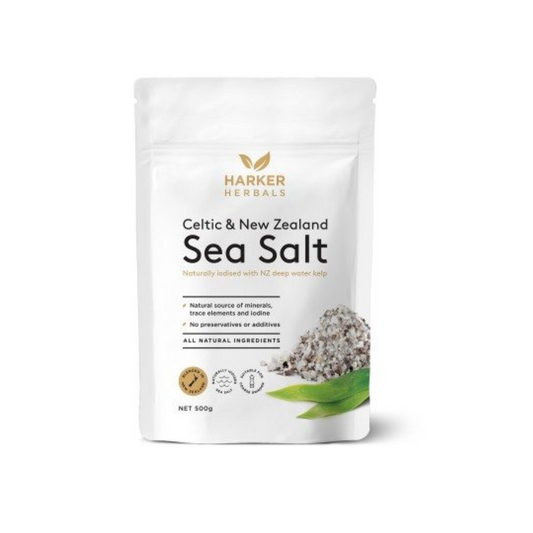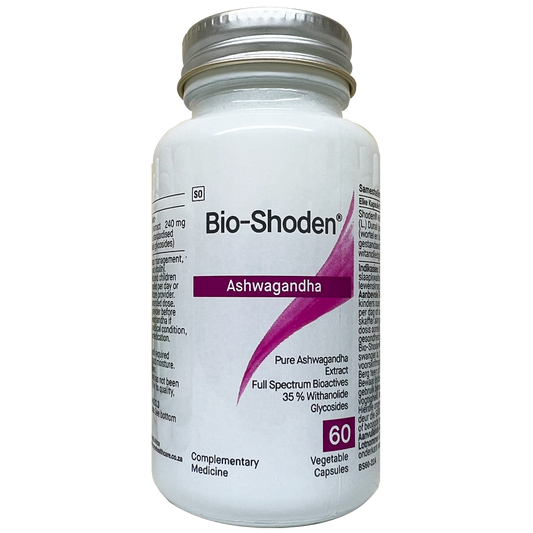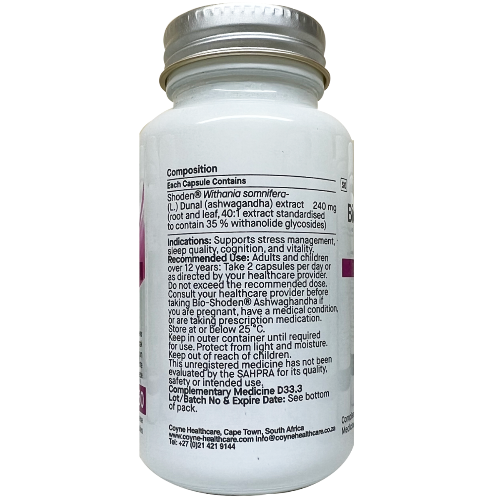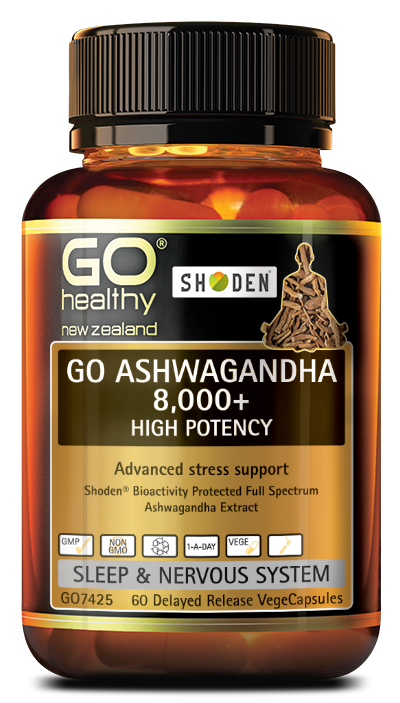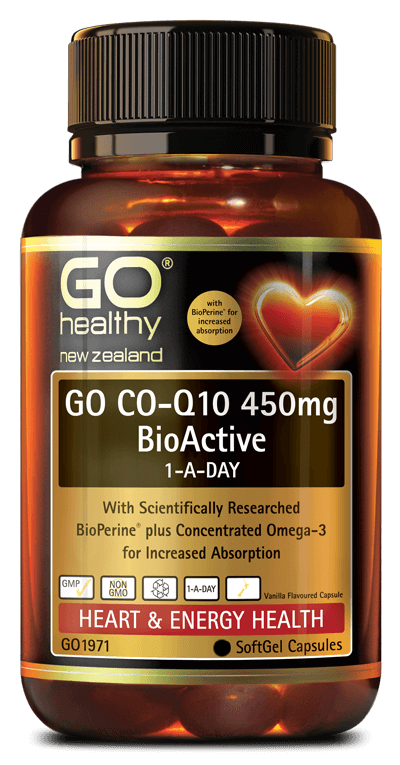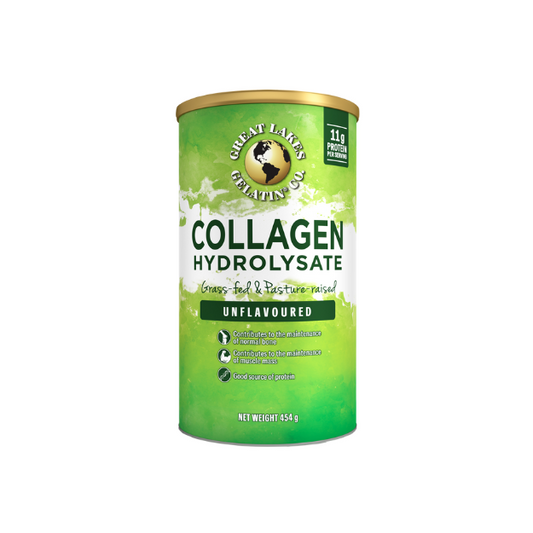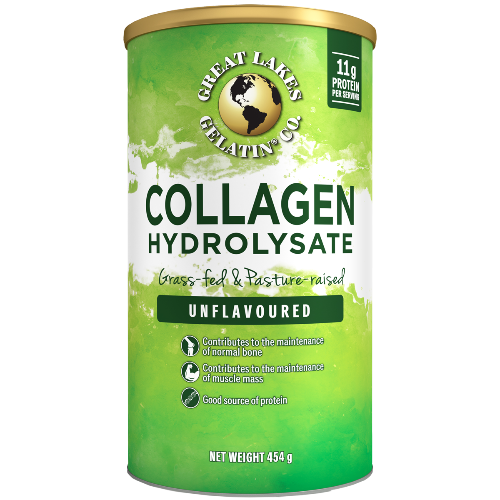Collapsible content
Shipping Information
- Free Shipping, Nation Wide (Incl. Rural Deliveries) for orders over $49.00, excludes Medium & Large giftware items.
- Nation Wide - With Signature $7.50
- Nation Wide - Without Signature $6.90
- Nation Wide Rural - (Note, No Signature Option Available for Rural) 0-1.5kg $11.95
- Giftware Medium $15.00
- Giftware Large $25.00
Click & Collect
Click & Collect can usually be achieved immediately from order confirmation during shop hours.
Address: 101 Seaview Road, New Brighton, Christchurch 8061
Opening Hours: 9.30am - 5.30pm Monday to Friday
9.30am - 5pm Saturday, Closed Sunday & Public Holidays
Phone: 03 3885757 and let us know you are on your way.
Pulse Oximeter (Fingertip)
Pulse Oximeter (Fingertip)
27 in stock
Couldn't load pickup availability
Share
Pulse Oximeter (Fingertip)
What is a Pulse Oximeter?
A pulse oximeter helps people monitor oxygen by using light beams to estimate blood oxygen saturation and pulse rate (similar to heart rate). Oxygen saturation gives you information about how much oxygen is in your blood cells. Pulse oximeters can also measure tissue perfusion, which is the amount of blood that flows through your circulatory system.
How to Use a Pulse Oximeter
According to the FDA, the proper use is reached by first washing your hands, removing any nail polish on the finger you plan on using, making sure your hand is warm, placing the oximeter on your finger, and holding it below the level of the heart. Typically the middle finger on the right hand is used for the most accurate measurement. Sit still and wait a few seconds until the reading displays one steady number.
Be sure to also follow the manufacturer’s instructions for the individual device you are using.
Pulse oximetry might be recommended by your doctor if you have a condition that affects your oxygen levels. Some examples include long-term heart or lung problems or asthma. Additionally, if you have symptoms of the Coronavirus, that might be a good time to check your oxygen levels.
Based on the above, it’s clear that pulse oximeters can offer a lot of valuable information about one’s health. Knowing your blood oxygen saturation (SpO2) and heart rate at any moment is valuable knowledge. Because of this, it’s important to purchase a device that is reliable and trustworthy.
How to Read a Pulse Oximeter
Pulse oximeter readings are fairly easy to interpret. Most devices will display two numbers, the number next to “PR” is your pulse rate and the number next to “SpO2” is your blood oxygen saturation. When taking pulse oximeter readings, pay attention to how the results compare to previous readings. Changes or trends might be more meaningful than one single measurement.
What is a Normal Oxygen Level?
According to the FDA, most healthy individuals have an SpO2 value between 95%-100%. A value lower than 95% is considered a low oxygen level. Below 92% indicates a very low reading and potential hypoxemia (low oxygen levels in the blood).
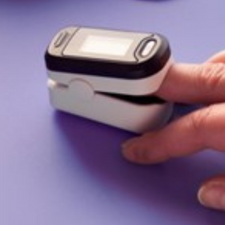
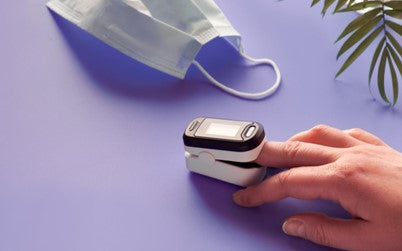
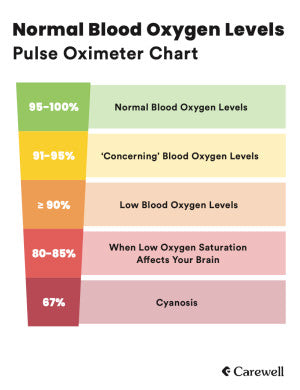
MARSHALL'S TOP TRENDING PRODUCTS
-
Marshall's Organic Dilo Oil
Regular price From $19.90Regular priceUnit price / per -
KNH High Potency Joint Care Plus 60 Caps: Buy More & Save More!
Regular price $14.90Regular priceUnit price / per$34.90Sale price $14.90Sale -
OSMO Patch 10's
Regular price $49.90Regular priceUnit price / per -
NOW Foods Glycine 1000mg 100 VegeCaps: Buy More & Save More!
Regular price $29.90Regular priceUnit price / per$34.90Sale price $29.90Sale -
Marshall's Glucosamine Sulphate 500 Caps: Buy More & Save More!
Regular price $26.90Regular priceUnit price / per$79.90Sale price $26.90Sold out -
Biosphere Sleep Support 189g Passionfruit
Regular price $62.90Regular priceUnit price / per$69.99Sale price $62.90Sale -
BergaMet Advanced Cardiovascular Health 60 Tablets: Buy More & Save More!
Regular price $78.90Regular priceUnit price / per$84.90Sale price $78.90Sale -
Doctor's Best High Potency Serrapeptase, 120,000 SPU, 90 VegeCaps: Buy More & Save More!
Regular price $84.90Regular priceUnit price / per$106.90Sale price $84.90Sale -
NOW Foods NAC 1000mg 120 Tablets
Regular price $59.90Regular priceUnit price / per -
C-Pure High Dose Liposomal Vitamin C 750ml
Regular price $59.90Regular priceUnit price / per -
Seleno GPX Immune Protect 120 Caps
Regular price $84.90Regular priceUnit price / per -
Biosphere Magnesium 400mg Powder Lemon & Lime 300g
Regular price $56.90Regular priceUnit price / per$69.99Sale price $56.90Sale -
BePure Magnesium Restore
Regular price From $34.11Regular priceUnit price / per$37.90Sale price From $34.11Sale -
Biosphere Magnesium 400mg Powder Mango & Pineapple 300g
Regular price $56.90Regular priceUnit price / per$69.99Sale price $56.90Sale -
Harker Herbals Deep Lung Support
Regular price From $30.90Regular priceUnit price / per$38.50Sale price From $30.90Sale -
MooGoo Sensitive Skin Balm 120g
Regular price $21.90Regular priceUnit price / per -
NOW Foods Quercetin with Bromelain 120 Veg Caps
Regular price $67.41Regular priceUnit price / per$74.90Sale price $67.41Sale -
GUTSI SporeBiotic 30 Veg Caps: Buy More & Save More!
Regular price $49.90Regular priceUnit price / per$59.99Sale price $49.90Sale -
Harker Herbals Celtic & NZ Sea Salt with Kelp
Regular price From $19.90Regular priceUnit price / per -
Solgar Wild Oregano Oil 60 Softgels
Regular price $21.51Regular priceUnit price / per$23.90Sale price $21.51Sale -
Bio-Shoden Ashwaganda 60 Veg Caps
Regular price $49.41Regular priceUnit price / per$54.90Sale price $49.41Sale -
GO Ashwagandha 8000+ 60 VegeCaps
Regular price $23.90Regular priceUnit price / per$43.99Sale price $23.90Sale -
GO Co-Q10 450mg BioActive 1-A-Day 100 SoftGels
Regular price $89.90Regular priceUnit price / per$169.99Sale price $89.90Sale -
Great Lakes Gelatin Co., Collagen Hydrolysate 454g
Regular price $68.90Regular priceUnit price / per$79.90Sale price $68.90Sale -
Harker Herbals Children's Immune Build 150ml
Regular price $25.90Regular priceUnit price / per$33.50Sale price $25.90Sale







